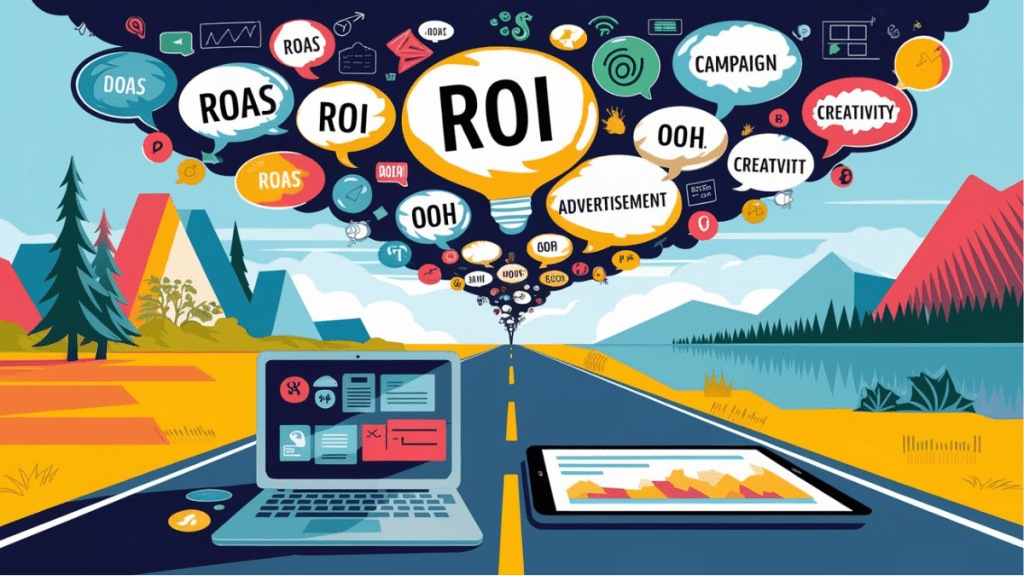It said that the simplest ideas can turn the tide in your favour or against you. But then what happens to the concept largely borrowed from the Generative AI platform? Is it still yours? The question that looms is how can one be creative enough and what are the key pillars of creativity? Not to mention is an idea just enough; what about taking the idea to users?
It all begins with an idea. Nowadays there is no dearth of sources when it comes to researching for one. However, while researching one needs to keep in mind what business objective the idea can meet, or for that matter the business problem the idea can resolve. As a result, it is very important to first identify the problem or the issue. To put it in the famous words of David Ogilvy, “The best ideas come as jokes. Make your thinking as funny as possible. The consumer isn’t a moron.”
Idea versus targeting
Once the idea is finalised the next task that resides in hand is targeting the right set of users with the right messaging. Yes, there are two important keywords here – the right audience profile and the right message. In this digital world – email marketing has been a regular way of marketers when it comes to taking their ideas to consumers. However, industry estimates show email open rates are around 20% and drive an average of two percent CTR. This means that 80% of the time, the email is ignored. Despite this, email is believed to be an effective re-engagement channel that delivers great ROI. One of the reasons behind email marketing struggling to gain consumer’s attention is limited creative optimisation. It has been observed that in a few instances, there is a limited amount of creative formats available, besides an inability to dynamically personalise creative, which can hurt ad engagement rates.
Brands can also tap into various strategies including tapping into lapse consumers. For instance, discounting is said to be an evergreen winning tactic to re-engage shoppers. The advantage of this approach is that brands can focus on disengaged segments and fine-tune their campaigns accordingly. Likewise, RFM (recency, frequency, and monetary value) modeling allows targeting customers based on their lifetime value. If a customer was once a high spender, offering tiered discounts can be an effective strategy to encourage higher spending. For instance, offering $10 off for purchases over $50, or $30 off for spending over $100.
Additionally brands need to focus on creating a loyal customer base. This can happen through various loyalty programmes. Loyalty programmes are also a way for brands to boost engagement and drive product sales using paid display promotions that target premium members with exclusive offers based on purchase history. Interestingly, brands can also use loyalty programmes to target customers who haven’t joined yet.
SEO and creativity!
In the digital world, SEO (Search Engine Optimisation) plays an important role and at times it has been seen to overshadow creativity. So the challenge is to maintain a fine balance between creativity and SEO. What SEO allows you is with the use of the right keywords, your content can rank on Google search. Google typically uses four to five parameters to rank a website including content, backlinks, local SEO, technical and design and UX (user experience). Not to mention, typically users broadly search under four categories. The first one is called informational intent; in this case, users search with an intent to acquire knowledge about something. Second is navigational intent; in this case, users seek to locate a specific website or page, while when it comes to commercial intent users research for a potential purchase. Lastly in the case of transactional intent users search with the aim to buy a product or service. The style of writing SEO-driven copies is largely the same, keeping in mind that it is a keyword play. Often it is felt that writers need to compromise on creativity. Also, a reason why now more and more importance is given to humanise SEO content. One way is to remain true to the idea or the brand story. So writers can in the beginning make a copy SEO heavy, but always in the second read trim it down, thereby balancing the narrative.
PS: As ironic as this may sound, we ran out of creativity and had to resort to AI to get the display image and title hehe.
(This is an editor’s exclusive weekly coloumn, your go to source for all things media, brands, marketing, and advertising. From industry insights to trends that shape the future, The Engagement Sage will have something for everyone. We will get back to you with a fresh take on the world of brands next week. Stay tuned!)

